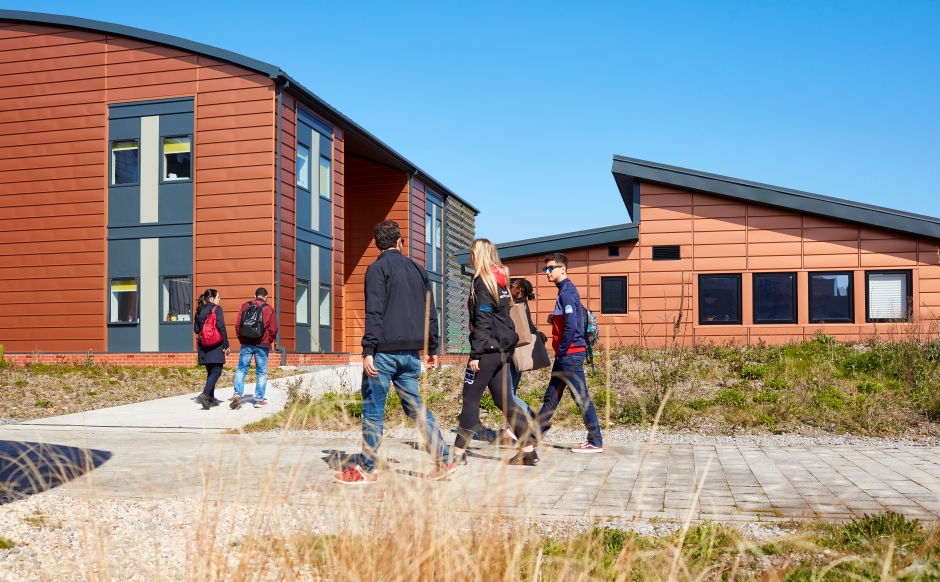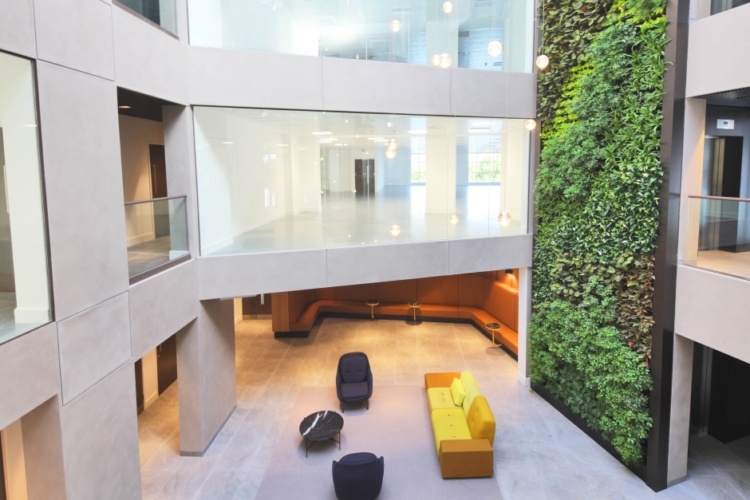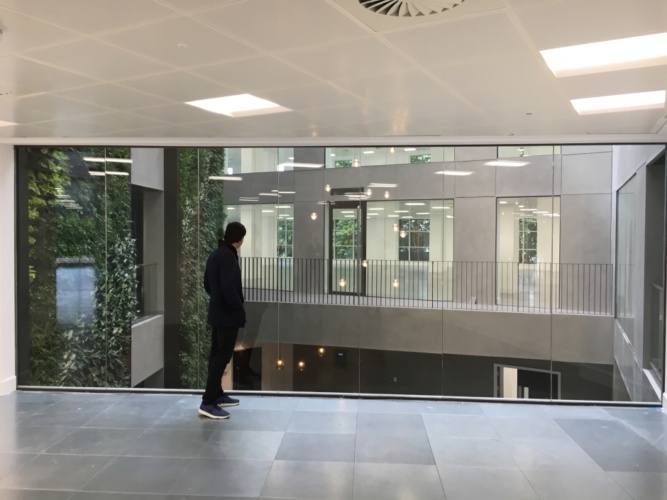To offer a flavour of what can be expected over the coming year, a handful of key players from across the construction industry - including trade associations, engineering and architectural practices and building product manufacturers - offer their views about what lies ahead in 2020.

Paul Jarvis, Director, Perega: “Civil and structural engineering is poised to undergo a major transition in the coming years with the pace of change increasing exponentially. Many of the latest technologies finding their way into mainstream engineering once seemed the stuff of sci fi. We’re going to see the continued and rapid development of virtual reality, creating the virtual experience of stepping inside buildings before and as they are being built. 3D printing and the use of robots to undertake hazardous or repetitive tasks are also going to gain momentum. As public awareness and government support grow, sustainable design will maintain its place at the top of the agenda, which engineering is responding to with advanced materials that store and utilise energy or combat pollutants.”
Engineers must embed an ethical approach
Independent review aims to take lessons from Grenfell Tower fire
Richard Waterhouse, CEO, NBS (formally National Building Specification): “The ‘Golden thread’ will take centre stage as the government will be changing building regulations in response to the Hackitt report. Technology will seamlessly join up the whole construction and building lifecycle, providing a legally accountable record. Beyond this, with the scale of the infrastructure and housebuilding required by this nation coupled with the construction skills shortage means that to meet even the most modest targets, modern methods of construction adoption must be ramped up. There will also be an industry-wide focus on upskilling the workforce for the digital age.”

Chris Stanley, Housing Manager, Concrete Block Association: “The biggest trend in 2020 will be a focus on sustainability. Building Regulations will be increasing the importance of the design and build thermal performance of new buildings to help reduce environmental impact and increase sustainability. Energy efficiency and the aim of zero-carbon emissions will drive innovation in construction. Better thermal performance materials and designs will be developed that aim to make buildings of the future incredibly resilient, cheaper to live in and with a reduced impact on the environment. Reducing waste and recycling is another area that is seeing greater innovation in construction. We (as part of Modern Masonry) are in the process of beginning a Housebuilding Wastage Rates review, which focuses on primary use ensuring the industry is utilising product as efficiently as possible.”
Professor Dave Worsley, Director, Active Building Centre: “Climate change is now without doubt the top societal challenge. With buildings contributing up to 40 per cent greenhouse gases in developed economies and much of the world still without grid power, the opportunities for engineered low carbon construction solutions incorporating generation, storage and release technologies are both timely and necessary. This year we need to set ambitious targets for scientists and researchers to drive forward ultra-low-cost solutions which become the standard, not the aspiration. More broadly, we must drive the democratisation of power in all countries, for example by converting large buildings and factories into solar manufacturing and battery plants.”

Jeremy Wiggins, Technical Director, gpad london: “The biggest trends to define construction this year will be fire safety and sustainability. For the past two years, improvements to fire safety have dominated much of the discussion in the industry, and they will continue to have an impact on the building community. However, once the new Part B (Fire) has been introduced and adopted later in the year, sustainability will be on an equal footing. For example, we have a number of clients that are looking to use comfort cooling and air conditioning for residential properties due to the increasing temperatures. Likewise, plants such as air source and ground source heat pumps are becoming more common. However, this is not an efficient, long-term approach. To genuinely reduce carbon impact, we need to progress towards buildings that control temperature through their skin rather than ones that require additional equipment.”
Ben Hancock, Managing Director, Oscar Acoustics: “I predict that 2020 is going to be all about the built environment and wellbeing. The environmental credentials of companies and their products have been rising up the agenda for a while now but have now gathered significant momentum. From research we conducted earlier this year, and feedback I have received presenting seminars to architects, it’s clear that employee wellbeing will be a major trend moving forward. Expect to see more consideration of acoustics, lighting and biophilic spaces to name but a few.”




Swiss geoengineering start-up targets methane removal
No mention whatsoever about the effect of increased methane levels/iron chloride in the ocean on the pH and chemical properties of the ocean - are we...